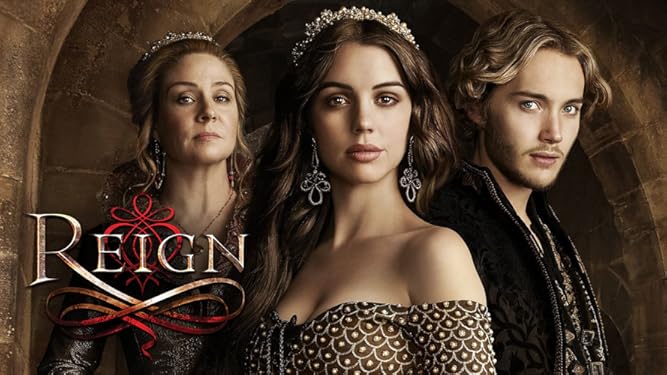
 |
| Image URL |
[blog post shows may be inaccurate to the time frame of Macbeth, but would be enjoyed by her if realistic]
I used to watch Netflix marathons with my husband Macbeth, but ever since the plot for power has drawn into action, I have lost him as my partner in crime. As he spends more time away from home and more time in secret, I have found myself diving into a new array of shows. These are my top five favorite Netflix recommendations-- all handpicked by me. Each of the five represent something significant going on in my life and help get me through the days. Enjoy. Yours truly, Lady Macbeth.
- Forensic Files

Image URL
Ever since the night of Duncan's death, I have been wondering nonstop about if and how they could figure out who did the deed. As a result of my worrying, I have been watching at least two Forensic Files episodes a day. Each episode describes how forensic scientists use evidence left at a crime scene and on victims/suspects to solve cases. With every episode, I find myself wondering how long it will be until they are able to lift Macbeth and I's fingerprints, use luminol to recover the blood on our clothes and hands, and pin the crime upon us both. I have watched countless numbers of cases be proved beyond a shadow of a doubt who the killer was. Through this show, I am almost positive that Macbeth and I's time is limited. However, it has indeed taught me a lot about how to get away with crimes.
2. Gossip Girl
 |
| Image URL |
My true guilty pleasure is that of the teen drama, Gossip Girl. I will admit, this one hits home in the oddest of ways for me. The show follows two Upper-East Side rich girls in Manhattan. Both of them are powerful female figures wanting power and status within their own world. As cheesy as it may be, I often compare Macbeth and I's relationship to that of Chuck and Blair. Throughout the show, they experience significant relationship issues become they are both headstrong and power hungry. While Blair can tell that they are better together as a partnership and should be satisfied with what they accomplished, Chuck continues to struggle with opening up to her and not going off on his own. I mean...talk about spot on. Despite being a show for teenagers, I find myself entranced in the quick pace and drama of the show. It is one of the best ones out there.
3. Reign
 |
| Image URl |
This breathtaking series keeps me on the edge of my seat with each episode through its twists and turns. I truly adore the depiction of the strong head of the crown being a woman. The show focuses on the turmoil as a ruler of a country and the issues of power that come with it. For me, this directly relates down to the same problems my husband and I are experiencing. The show hits specifically on what it takes to be a ruler and how hard it can be to "keep your head" as one. Specifically, I reincarnate with the so-called glory of what having the crown projects and how it truly only limits you through the poison of power. Reign captures the ambition, the blood tool, and the lust of being a royal.
4. Seven Deadly Sins
 |
| Image URL |
5. 13 going on 30
For my fifth and final pick, I am going to go with a classic movie I enjoy. The movie, 3 going on 30, hones in on the concept of character development. A young, newly turned thirteen-year-old wants to be popular and is willing to do anything (such as throw her best friend under the bus) to make that happen. After some events at her birthday party, she wishes to be thirty. The next morning she wakes up into her life as a thirty-year-old if she had become the popular person she wanted to be. She finds that as an adult, she is a horrible human with bad morals. Instead, she changes her life and falls for her old best friend, eventually returning back to thirteen. This movie for me is my inspiration. I know how I have started off with my actions in Duncan's death. But, I also know that I don't want to be that person of live that life anymore. The only problem, I don't have magic that can turn back the time and restart like she does. It seems, as the days go on, my options are growing more and more slim. I may not have any choice but to take myself out of the picture.
 |
| Image URL |














